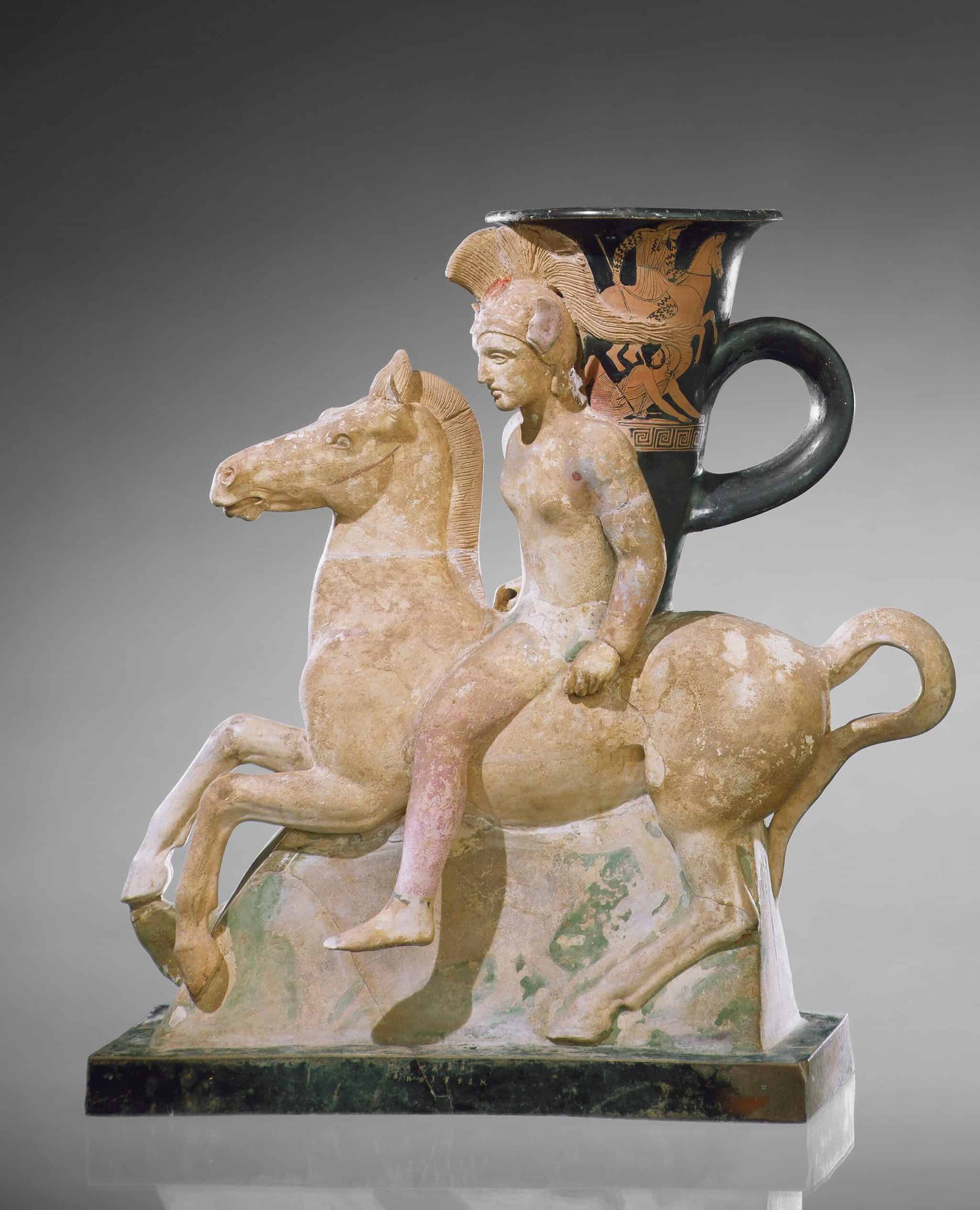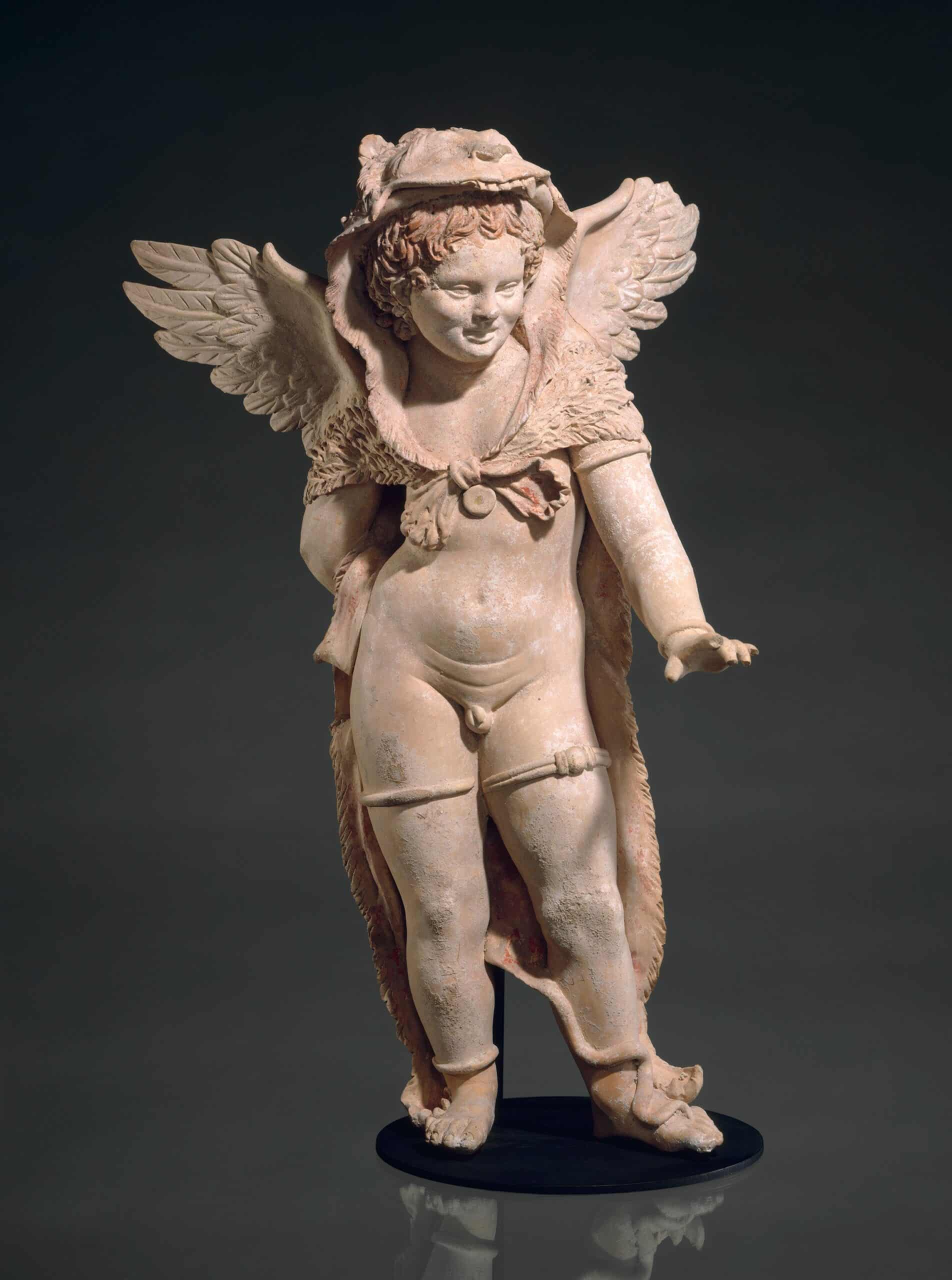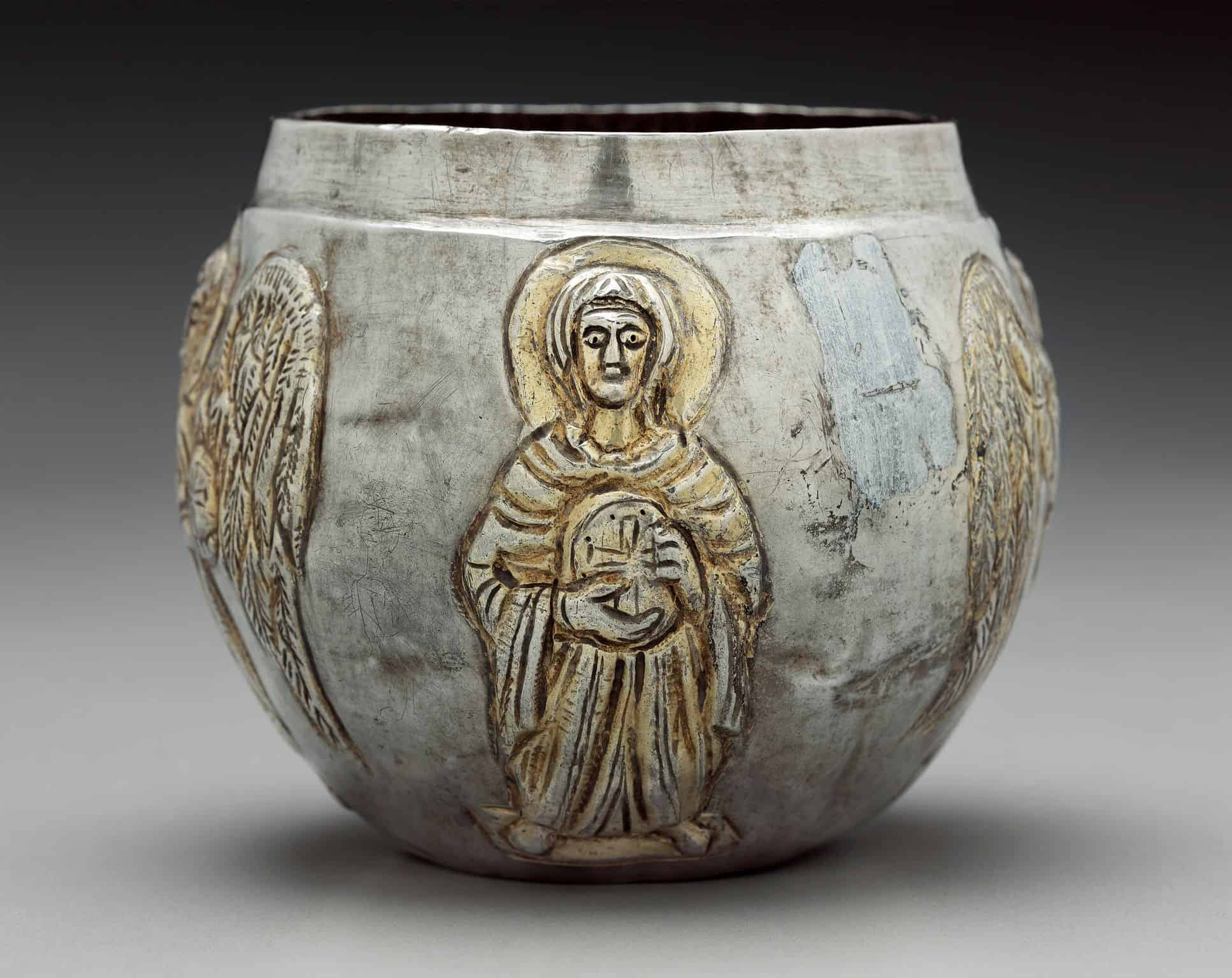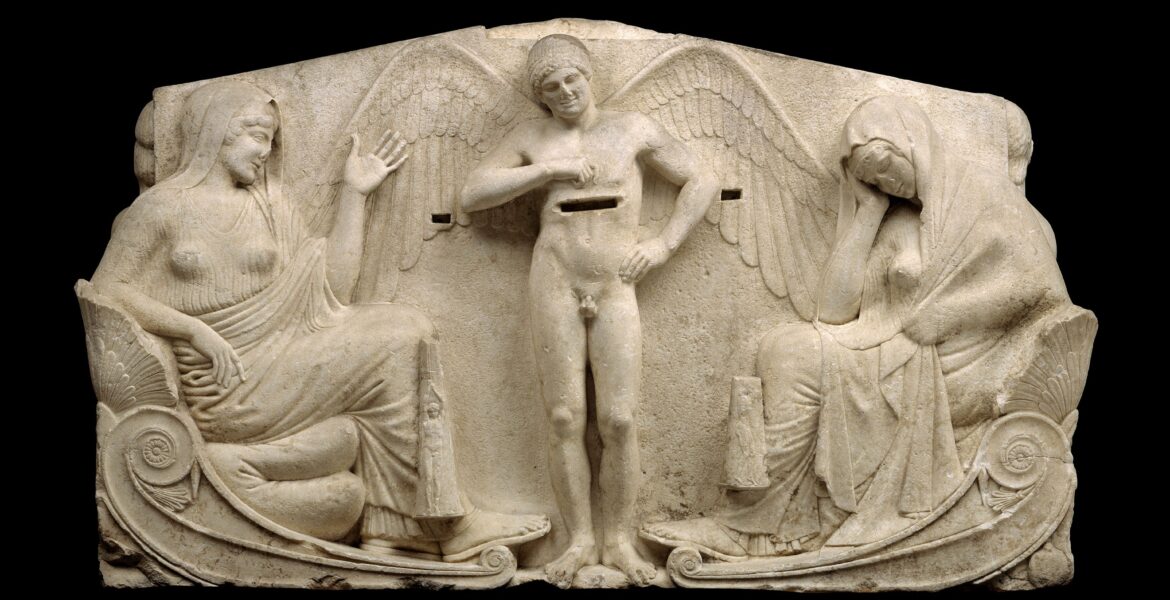Boston's Museum of Fine Arts invites visitors to the opening of its five newly transformed galleries at the heart of the MFA’s George D. and Margo Behrakis Wing for Art of the Ancient World where they will be introduced to the art of Ancient Greece, Rome, and the Byzantine Empire.
Visitors to the MFA will have the opportunity to explore nearly 550 objects from one of the finest and most comprehensive collections of Classical art in the world.
The MFA is offering free admission on opening day 18 December, to celebrate the debut of the five new galleries and the reopening of seven galleries in the Behrakis Wing for Art of the Ancient World that have been closed for the past two years to accommodate construction.
Bringing to life the richness of the Greek, Roman and Byzantine worlds, these five galleries provide fresh perspectives on an era that provided inspiration for our own modern society. The new spaces will complete a renovated suite of 11 Classical galleries
transformed since 2009 most recently, “Daily Life in Ancient Greece” in 2017.
 Early Greek Art
Early Greek Art
This large gallery is devoted to early Greek art from its beginnings at the end of the 10th century BCE through the Persian Wars (479 BCE). It introduces two key developments in Geometric and Archaic art—new ways of depicting the human body and the birth of storytelling—exploring them chronologically and demonstrating how the achievements of the Classical period were rooted in these innovative earlier periods. Object groupings that focus on specific city-states and regions, as well as a map with embedded artworks, expose the tension in this formative period between longstanding local visual vocabularies and new ideas and technologies the Greeks encountered as their world broadened via trade and migration. The artistic developments and techniques from this era—one of which is presented in the gallery in the MFA’s first-ever animated video, How to Make an Athenian Vase—laid the foundations for works found in nearby galleries including “Daily Life in Ancient Greece,” “Homer and the Epics,” “Dionysus and the Symposium,” “Theater and Performance,” and “Ancient Coins.”
Gallery 213
 Gods and Goddesses
Gods and Goddesses
“Gods and Goddesses” introduces visitors to Greek and Roman art through one of its most important and popular subjects: mythology. Designed as a contemporary update on an ancient Greek temple and bathed in natural light, it showcases depictions of gods and goddesses, like the MFA’s monumental Juno, and more intimate objects such as implements used for religious rituals, all dating from the 6th century BCE to the 3rd century CE. Thematic groupings of artworks explore the gods’ varied personalities and complex realms, as well as religious practices and myths that were so central to people’s lives and beliefs in ancient Greece and Rome. Through a digital reconstruction, visitors can see what the original painted decoration on a statue of Athena Parthenos looked like, experiencing how people in ancient times saw their gods in color.
George D. and Margo Behrakis Gallery, 207
Roman Portraiture
Here visitors can explore the beginnings of portraiture in Western art history and the role it has played in constructing and maintaining identity—from the past to today. More than mere records of appearance, Roman portraits are visual constructions, combining likeness, character, and social status in images that are compellingly human. The use of such images for propaganda purposes and self-promotion developed in the Roman Empire. The objects on view in this gallery illustrate the range of applications for Roman portraiture—from historical documents to artworks used in domestic, funerary, and civic spaces.
Gallery 206

Byzantine Art
This gallery is the first of its kind in New England, presenting Byzantine art from the reign of Emperor Constantine in the 4th century CE through the fall of Constantinople in 1453. Located in between the MFA’s classical and medieval European art galleries, the space and the artworks it houses reflect the transition from paganism to Christianity, the point where East met West, and the shift from polytheism to monotheism. Modeled on early Byzantine church architecture, this gallery creates an immersive experience that captures the aesthetics and spirituality of the time period, highlighted by a golden ceiling dome, the 10-foot Monopoli altarpiece, and a soundtrack of sacred Byzantine hymns.
Gallery 208


